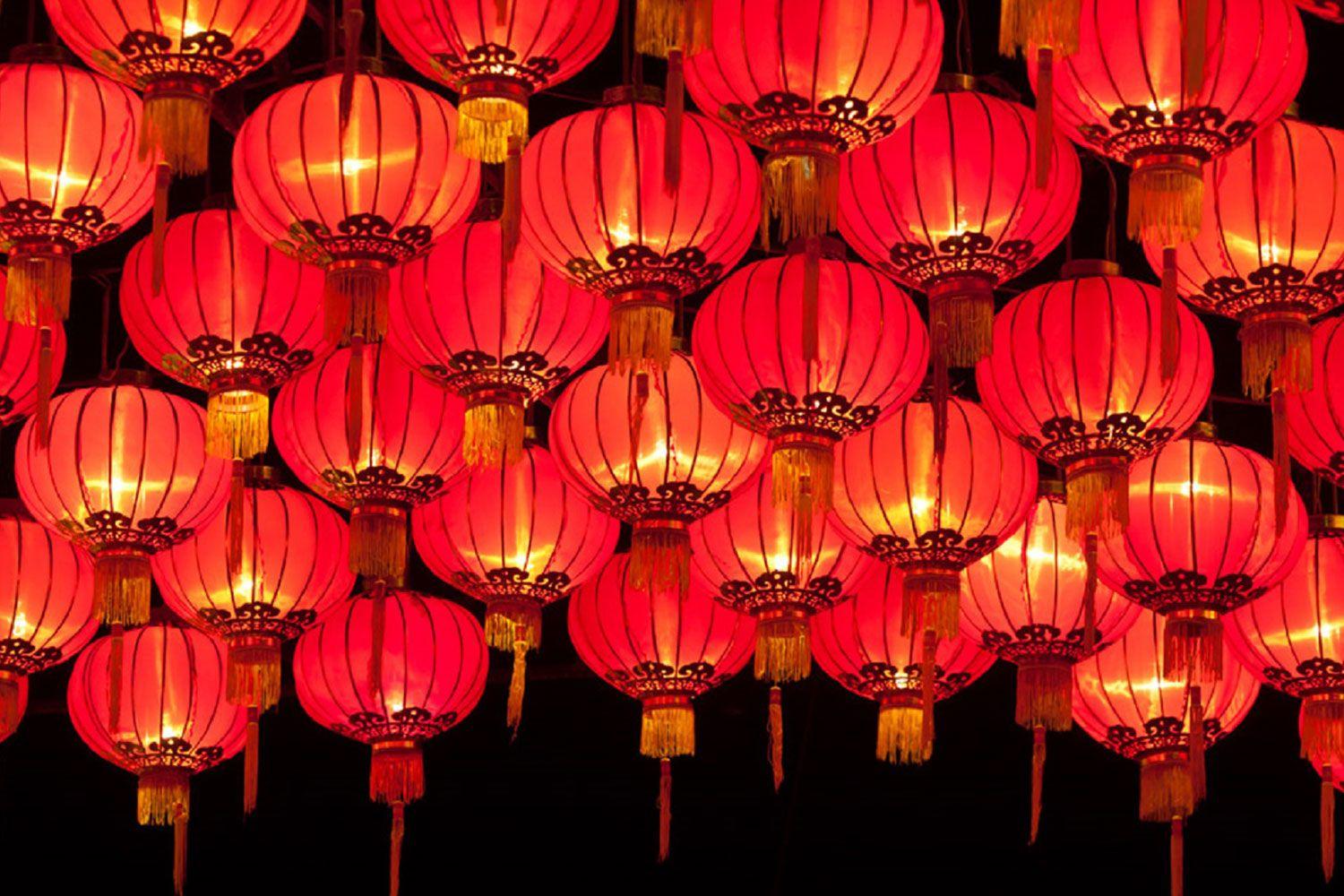News >

Holidays in Asia
By: Nina Fedorczuk & Elizabeth Abrams
Holidays represent huge opportunities for marketers around the world. But in Asia, one of the biggest consumer spending days is not actually a holiday and it starts in November: Single’s Day. Alibaba, the world’s largest and most valued retailer, celebrates Single’s Day on November 11th and is described as “Amazon Prime Day on steroids”. Last year, Alibaba racked up almost $18 billion in sales during its 24-hour event in China, and this year saw a 40% increase, with sales totaling $25 billion.
The event represents an enormous potential for marketers in the region – and if Jack Ma has his way, it will start making its way around the globe. A key lesson to take from this past year and apply now, through 2018, is to recognize, appreciate and honor, in an authentic manner, the myriad of ways markets across Asia Pacific celebrate the “holidays”. The need for marketers to use all available data to understand consumers as individuals in their market context, has never been greater. The nuances between markets in the region can be seen with the date November 11 itself. In China, 11/11 is a day to celebrate single people – in Korea, 11-11 represents couples.
Christmas is not necessarily seen as a secular or religious holiday. In Thailand, for example, more than 90% of Thai people practice Buddhism, however many of those Buddhists go ahead and get into the festive Christmas spirit and celebrate the holiday anyway. Other Asian countries, especially those with a high share of expats such as Hong Kong, Vietnam, Malaysia – and especially Singapore, tend to embrace Western customs and traditions, albeit with a local touch. Showing the religious affiliation of a market does not necessarily mean holiday opportunities for marketers don’t exist.
But what about gifting?
Gifting in Asia for Christmas is less significant than in Western countries. Most Asians do not eagerly wait for the special moment under the Christmas tree. A survey in 2016 covering North Asian markets (South Korea, Japan, Hong Kong) and Southeast Asian markets (Singapore and Malaysia) revealed interesting trends and differences across Asian countries.
South Koreans seem to be the most generous as 88% of the respondents saying they will give someone a present for Christmas. In Japan or Malaysia for example, it is only 75% who claim to give gifts. A surprising find is that men (80%) are slightly more likely to buy a Christmas gift than women (77%), a trend seen across all markets.
Chinese New Year
Chinese’s largest celebration is without a doubt Chinese New Year (also called Lunar New Year or Spring Festival), which always falls between mid-January and mid-to-late-February. Chinese New Year goes beyond China and is widely celebrated by most people with Chinese heritage in Asia. Hence, it is the largest celebration in Asia – by far. The one exception? The Philippines – where Christmas is their biggest celebration of the year.
Top Gifts
It is expected that the latest smartphone models, wearable tech, fitness trackers or VPAs (Virtual Personal Assistants) will be some of the most wanted gifts throughout the entire region over the holidays – if you search top trending items on Alibaba, you’ll see that’s the case. One item that repeatedly appeared in searching for top trending items, tech, gadgets, etc., was the humble phone charger, a trusty standby.
The takeaway for 2017 is clear (look no further than the success of Alibaba): it’s all about creating authentic experiences that excite and delight your customers across every touch point. From pop up stores to digital platforms, consumers expect companies to bring more to the table – to connect with them in meaningful ways that are in line with their aspirations, ideals and philosophies. This is important to online retailers and for brick & mortars, it will be critical to their survival given their struggle to redefine the shopping experience.
All in all, creating moments that matter should be an important aspect of any plans for the next year.


